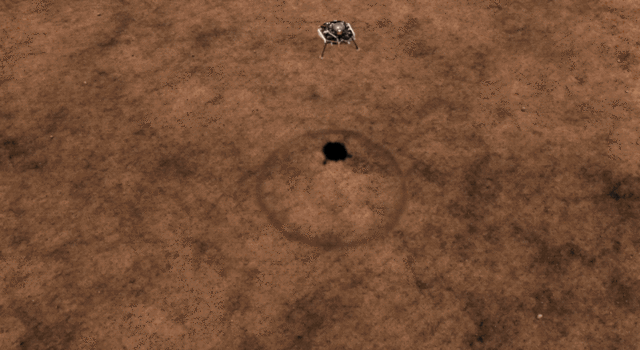 |
| |
Teachable Moment: NASA’s ‘Cyber Monday’ Mars Landing to Deliver Science Firsts
NASA’s next mission to Mars, the InSight lander, is scheduled to land around noon PST on Monday, Nov. 26. So while some people are looking for Cyber Monday deals, scientists and engineers at NASA’s Jet Propulsion Laboratory will be monitoring their screens for something else: signals from the spacecraft that it successfully touched down on the Red Planet.
In the latest Teachable Moment from NASA/JPL Edu, education specialist Lyle Tavernier explains how this mission will get to work studying the inner workings of Mars as well as its seismic activity, or “marsquakes,” by using a six-foot-long robotic arm to deploy science instruments to the surface – a task that’s never been done on Mars! It’s a great opportunity for educators to engage students in NASA’s exploration of Mars and the importance of planetary science while making real-world connections to lessons in science, coding and engineering.
Read the Blog
› Tune in with your class to watch live starting at 11 a.m. PST on Nov. 26!
Related Activities for Educators and Students
Use these resources to bring the excitement of NASA’s newest Mars mission and the scientific discovery that comes with it into the classroom.
|
 |
Robotic Arm Challenge (Grades K-8) - In this challenge, students will use a model robotic arm to move items from one location to another. They will engage in the engineering design process to design, build and operate the arm.
Get started |
|
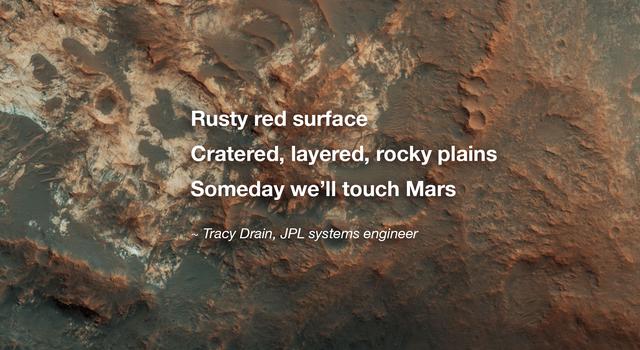 |
*NEW* Planetary Poetry (Grades 2-12) - In this cross-curricular STEM and language arts lesson, students learn about planets, stars and space missions and write STEM-inspired poetry to share their knowledge of or inspiration about these topics.
Get started |
|
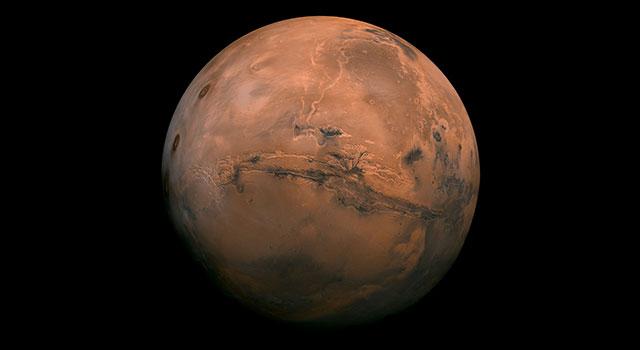 |
*NEW* Exploring the Colors of Mars (Grades 2,5) - Students use satellite and rover images to learn about the various features and materials that cause color variation on the surface of Mars, then create their own “Marscape.”
Get started |
|
 |
*NEW* Planetary (Egg) Wobble and Newton's First Law (Grades 3,6-8) - Students try to determine the interior makeup of an egg (hard-boiled or raw) based on their understanding of center of mass and Newton’s first law of motion.
Get started |
|
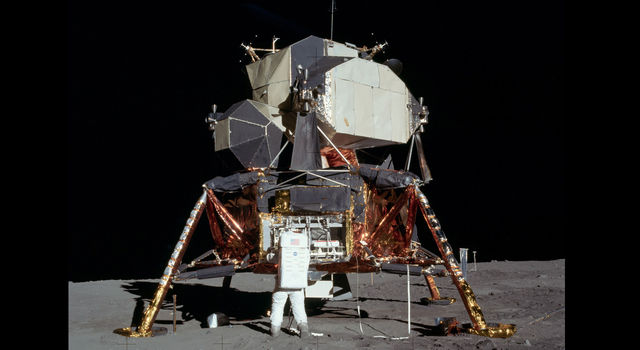 |
Touchdown (Grades 3-8) - Students design and build a shock-absorbing system that will protect two "astronauts" when they land.
Get started |
|
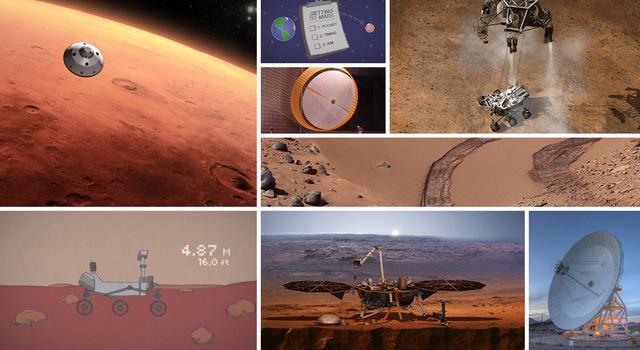 |
Mission to Mars Unit (Grades 3-8) - In this 19-lesson, standards-aligned unit, students learn about Mars, design a mission to explore the planet, build and test model spacecraft and components, and engage in scientific exploration.
Get started |
|
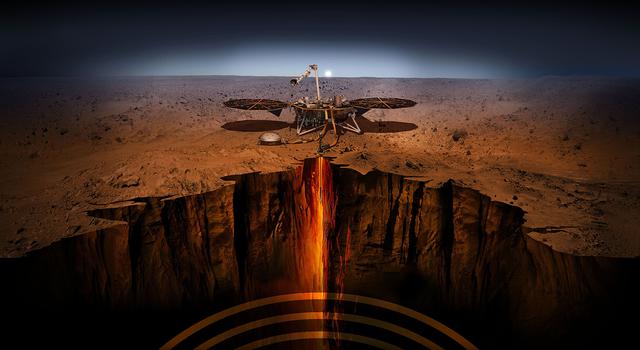 |
*NEW* Heat Flow Programming Challenge (Grades 5-12) - Students use microcontrollers and temperature sensors to measure the flow of heat through a soil sample.
Get started |
|
 |
Quake Quandry (Grades 11-12) - In this illustrated math problem, students use the mathematical constant pi to identify the timing and location of a seismic event on Mars, called a "marsquake."
Get started |
|
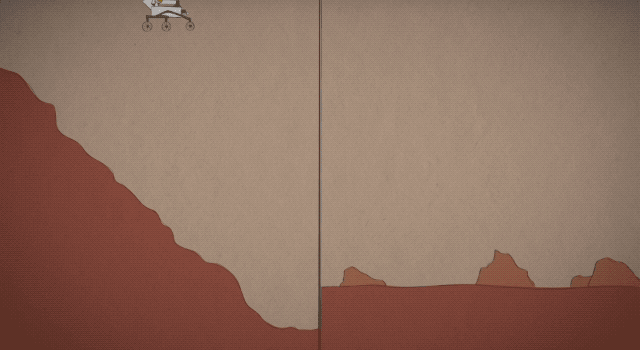 |
Mars in a Minute: How Do You Choose a Landing Site? - So, you want to study Mars with a lander or rover – but where exactly do you send it? Learn how scientists and engineers tackle the question of where to land on Mars in this 60-second video.
Check it out! |
|
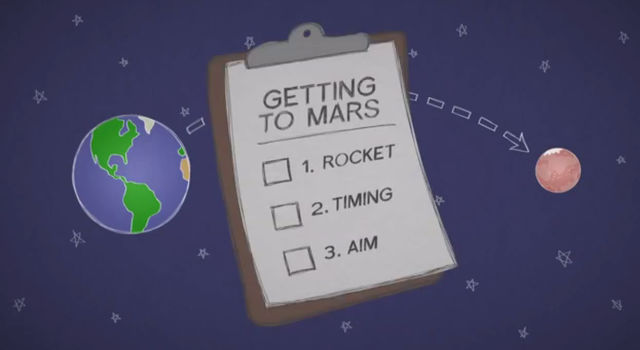 |
Mars in a Minute: How Do You Get to Mars? - What does it take to get a spacecraft to Mars? This 60-second video covers a few key things to remember when planning a trip to the Red Planet.
Check it out! |
|
 |
Mars in a Minute: How Do You Land on Mars? - Getting a spacecraft to Mars is one thing. Getting it safely to the ground is a whole other challenge! This 60-second video from NASA's Jet Propulsion Laboratory explains three ways to land on the surface of the Red Planet.
Check it out! |
|
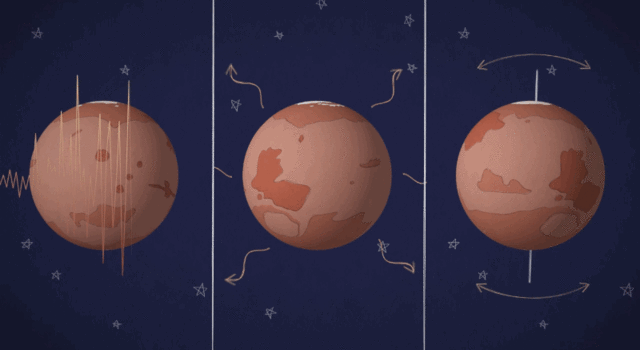 |
Mars in a Minute: What's Inside Mars? - We know what the Red Planet looks like from the outside – but what's going on under the surface of Mars?
Check it out! |
|
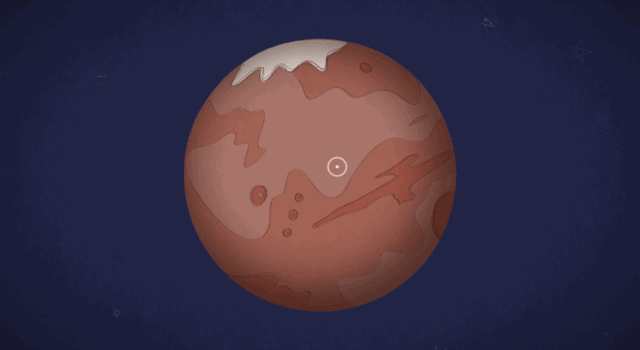 |
Mars in a Minute: Are There Quakes on Mars? - Are there earthquakes on Mars – or rather, "marsquakes"? What could they teach us about the Red Planet?
Check it out! |
|
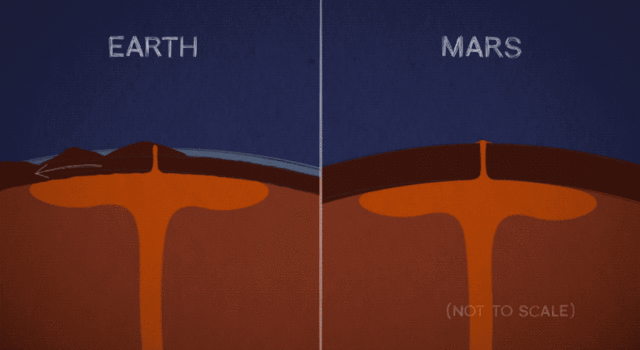 |
Mars in a Minute: How Did Mars Get Such Enormous Mountains? - Why are the tallest peaks in the solar system found on one of its smallest worlds? Like any planet, how Mars looks outside is tied to what goes on inside.
Check it out! |
|

